The hot and humid climate of Singapore contributes to a very high usage of air conditioning in both residential and commercial premises. With high usage air conditioning comes problems associated with the aircon units, which has resulted in the registration of numerous aircon servicing companies under ACRA Singapore (Accounting and Corporate Regulatory Authority). In Singapore, there are more than 250 aircon cleaning companies who provide various kinds of air conditioner servicing based on your requirements.
Making the right decision about which air conditioning business to use for your needs can be somewhat challenging. This article will dive into what you should be looking for in a company before you choose them for your aircon service.
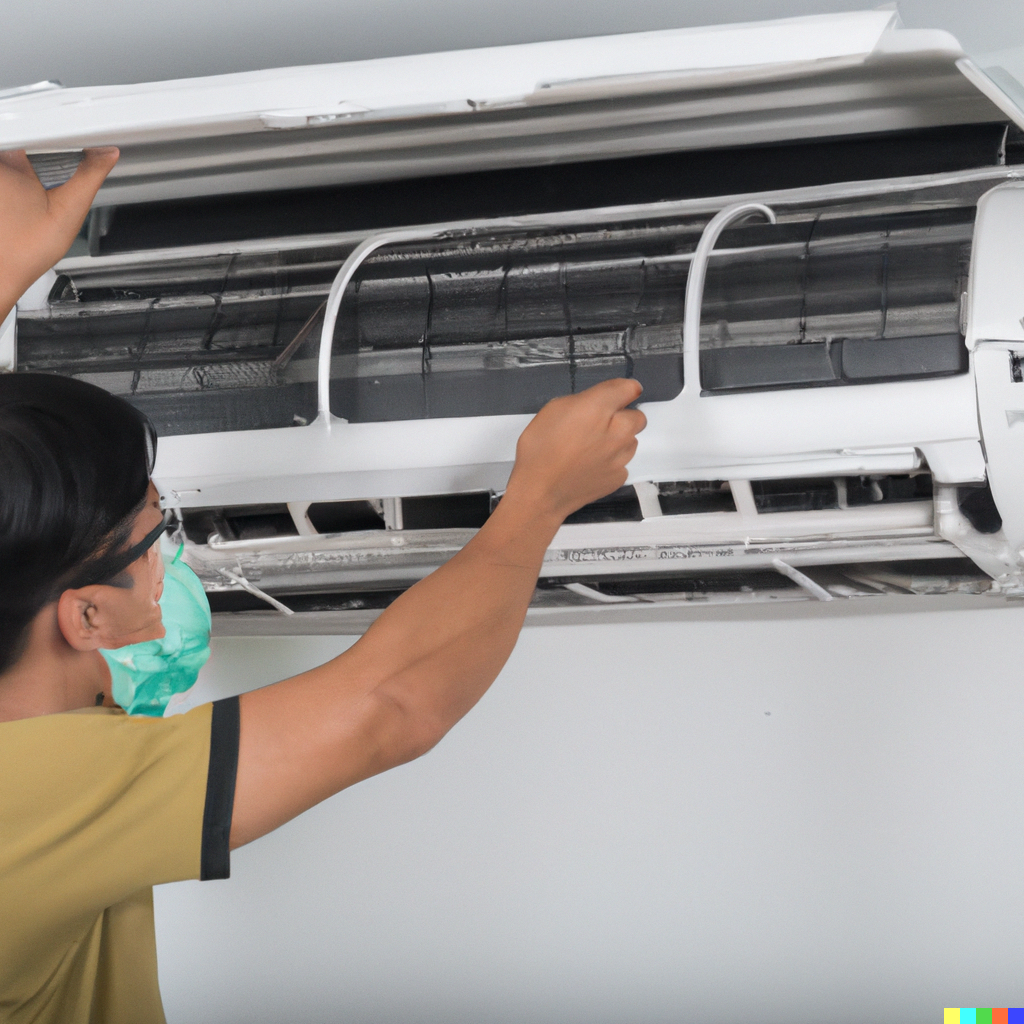
1. Reputation and Experience
Seek out air conditioning businesses with a strong track record and a wealth of industry expertise. Customers are more likely to be satisfied when a firm has a track record of success, and their history in the industry speaks volumes about their dependability. To determine the company’s reputation and degree of client satisfaction, look through testimonials and online reviews and get in touch with references.
2. Certifications and Licensing
Verify that the air conditioning company is licensed and certified to operate in Singapore. Licensed experts are more likely to abide by rules and guidelines in the field, giving you peace of mind about the caliber of their job. A dedication to excellence is also demonstrated by certifications from respectable trade associations.
3. Range of Services
Think about the variety of services the air conditioning firm provides. Do they offer services for installation, upkeep, and repair? A wide range of services guarantees that you can depend on the same business for all of your air conditioning requirements, which promotes a long-term relationship.
4. Technical Expertise
Examine the technicians’ level of technical proficiency. Are they skilled and informed about different brands and types of air conditioning systems? A skilled group can precisely identify problems, suggest workable fixes, and guarantee that installations are completed precisely.
5. Energy Efficiency Focus
Energy efficiency is vital in Singapore, where environmental consciousness is high on the agenda. Seek out air conditioning firms that give energy-saving solutions first priority. This can result in long-term energy bill savings in addition to lowering your carbon footprint.
6. Customer Service and Response Time
Analyze the company’s customer service provision. Fast reaction times and clear communication are crucial, particularly in case of emergencies or urgent repairs. A business that prioritizes customer satisfaction is more likely to pay close attention to your demands and immediately resolve any issues.
7. Transparent Pricing
Make sure pricing is transparent and request comprehensive quotes. Unpleasant surprises might result from unclear cost structures and hidden surcharges. Reputable air conditioning companies will provide you detailed, itemized quotes so you can see exactly what each service will cost you.
8. Warranty and Maintenance Contracts
Check the warranty offerings on installations and equipment. Additionally, inquire about maintenance contracts, as regular servicing is essential for the longevity and efficiency of your air conditioning system. Companies that offer comprehensive maintenance plans demonstrate a commitment to the ongoing performance of your system
StringsSG partners with some of the best aircon servicing companies in Singapore to provide you with high quality aircon servicing. Once you open a request on our web or mobile platform, the platform will assign a reliable aircon service contractor who can meet your requirements and budget.


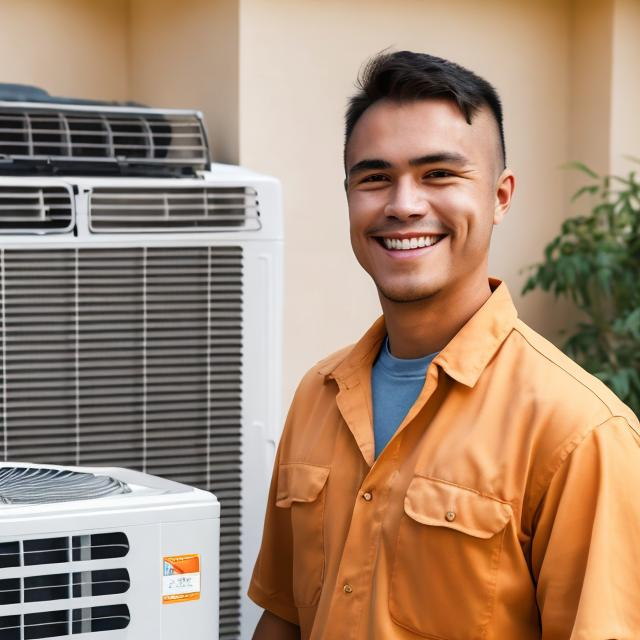
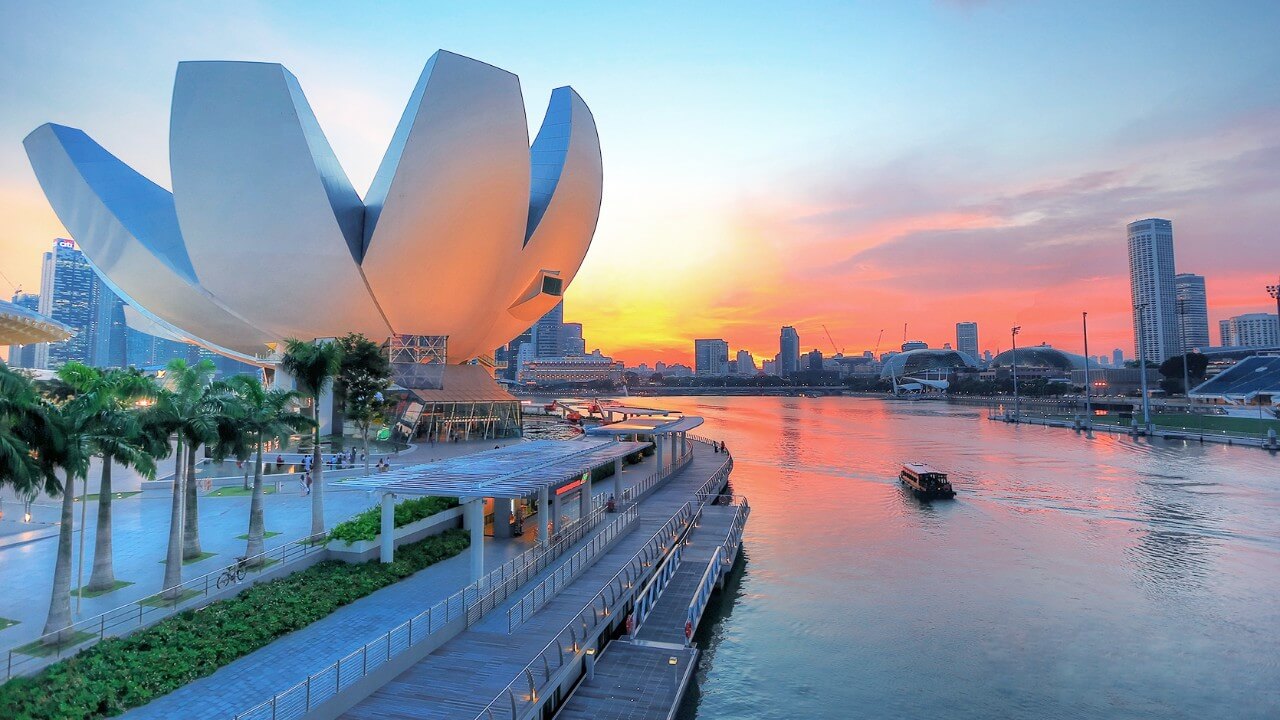





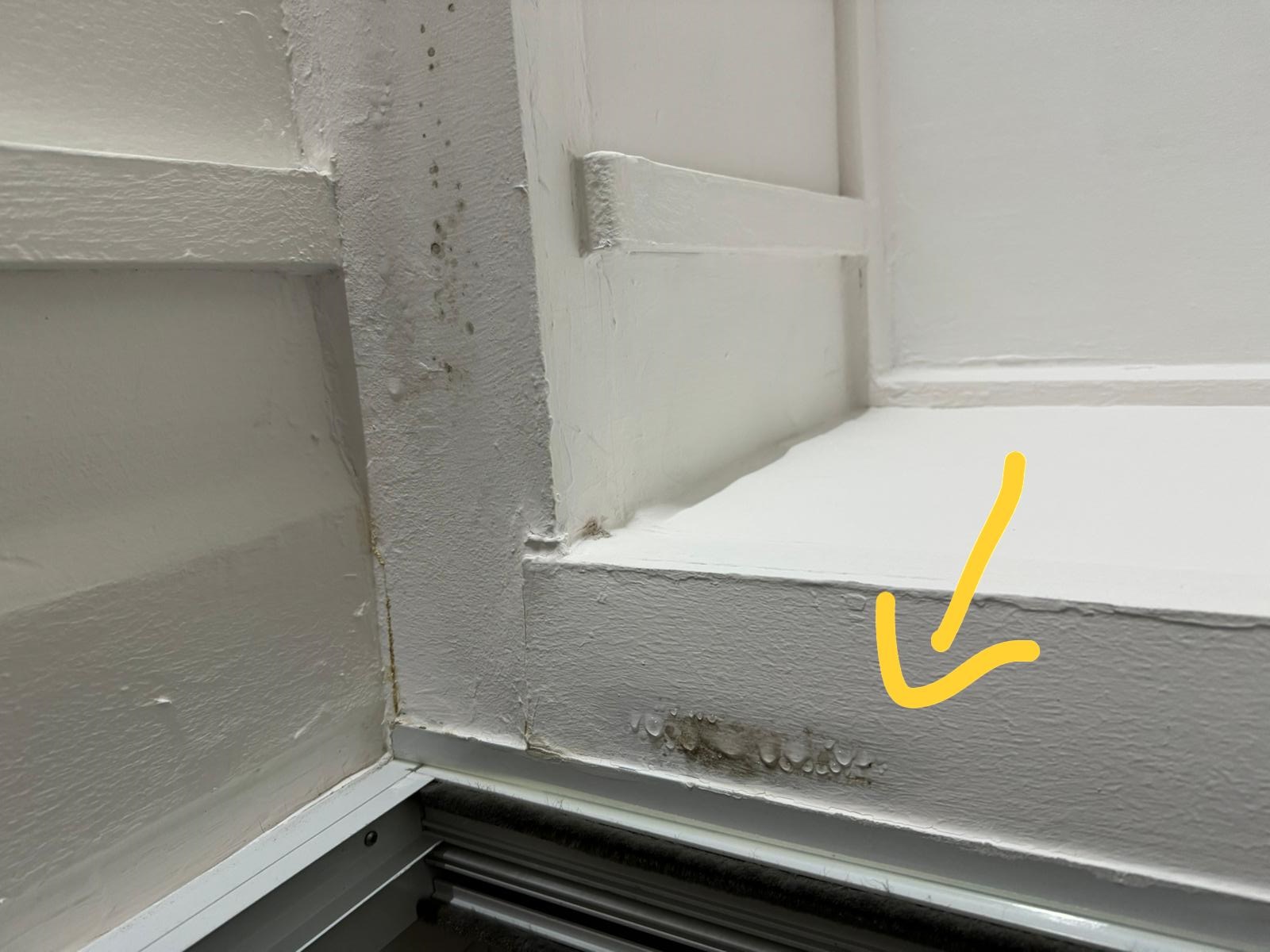
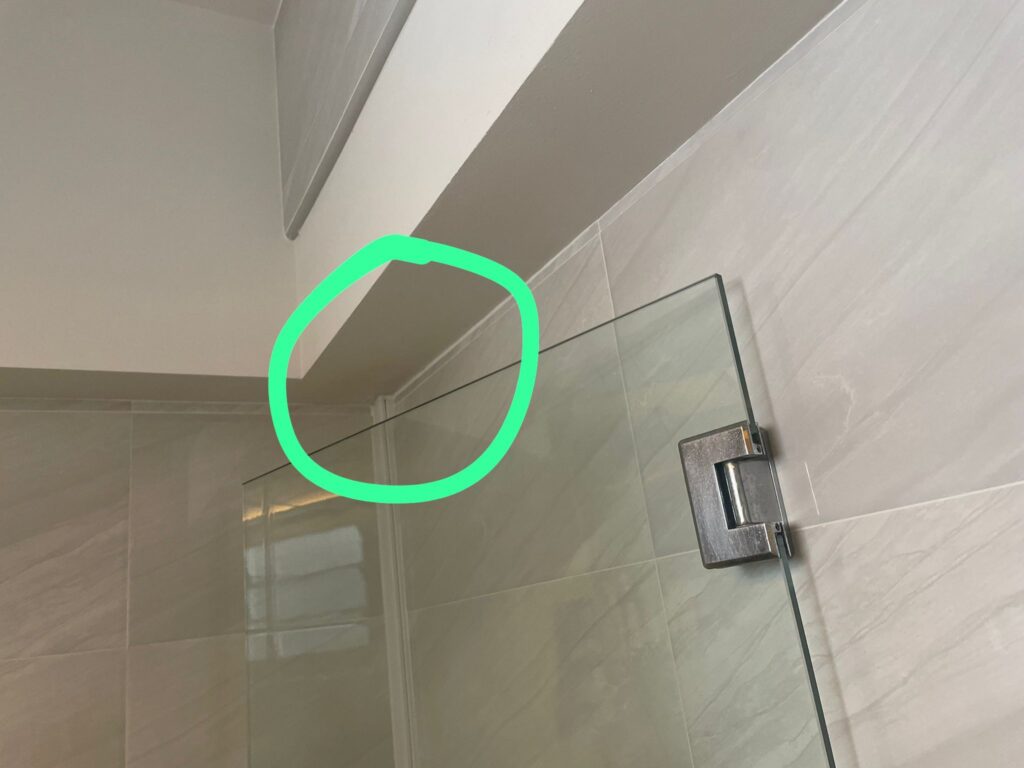
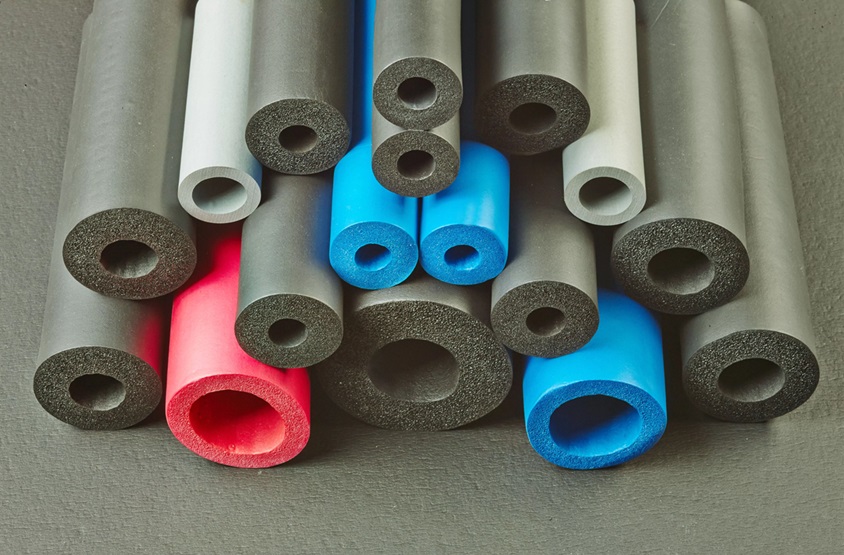
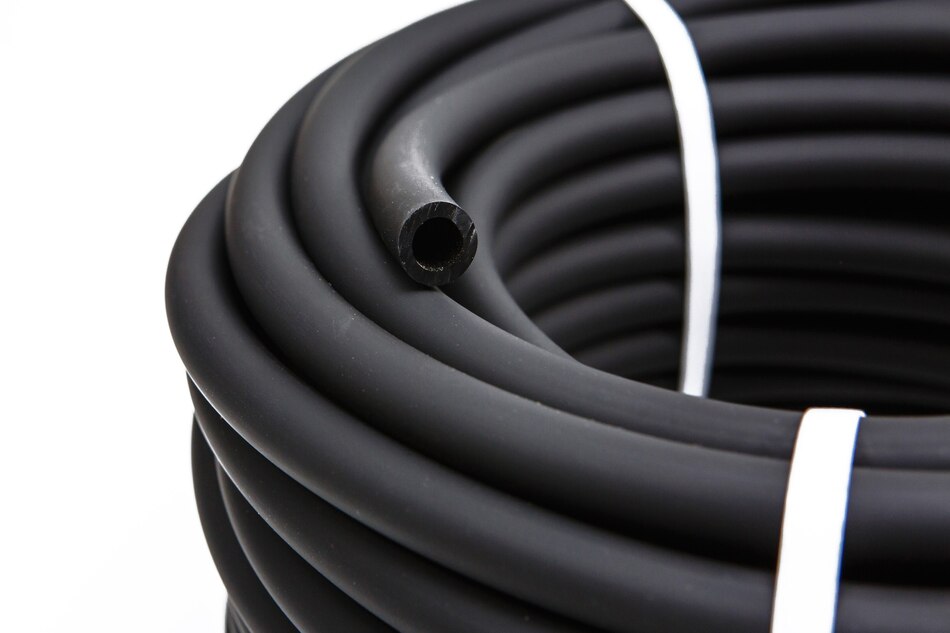
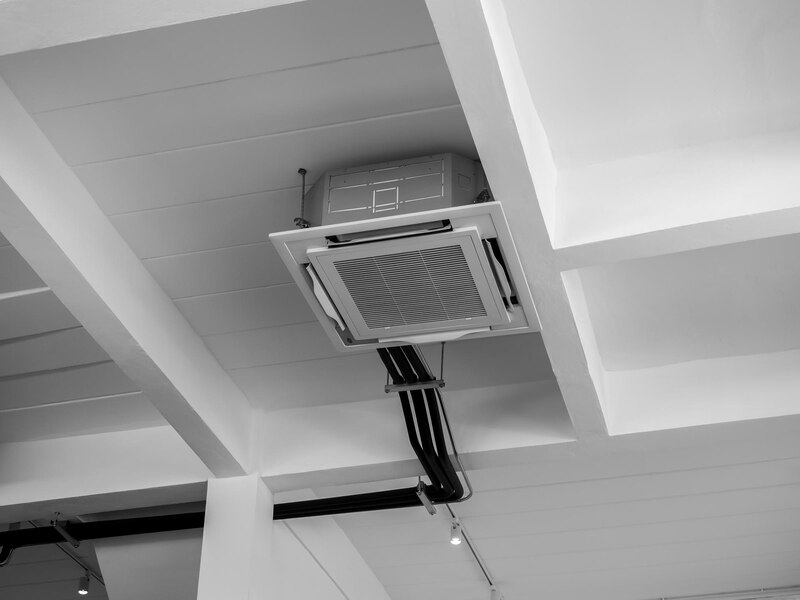
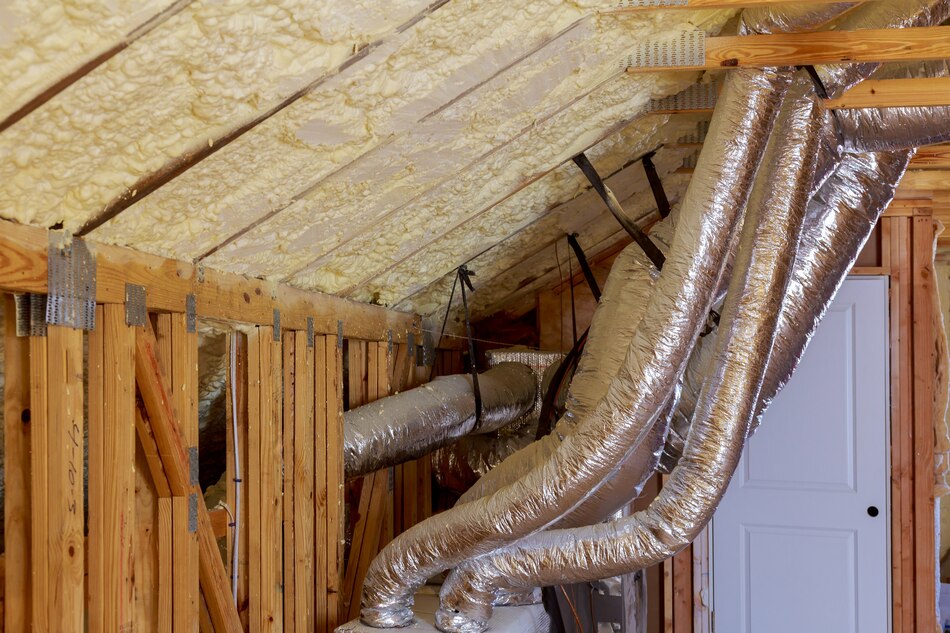
You must be logged in to post a comment.